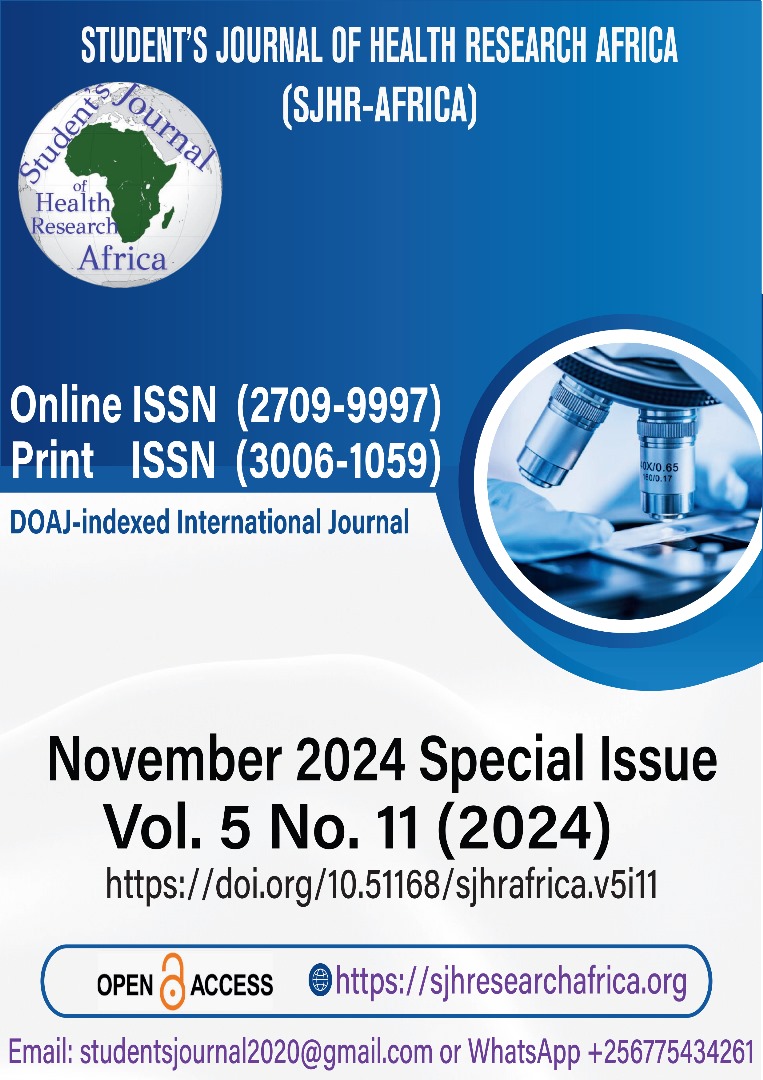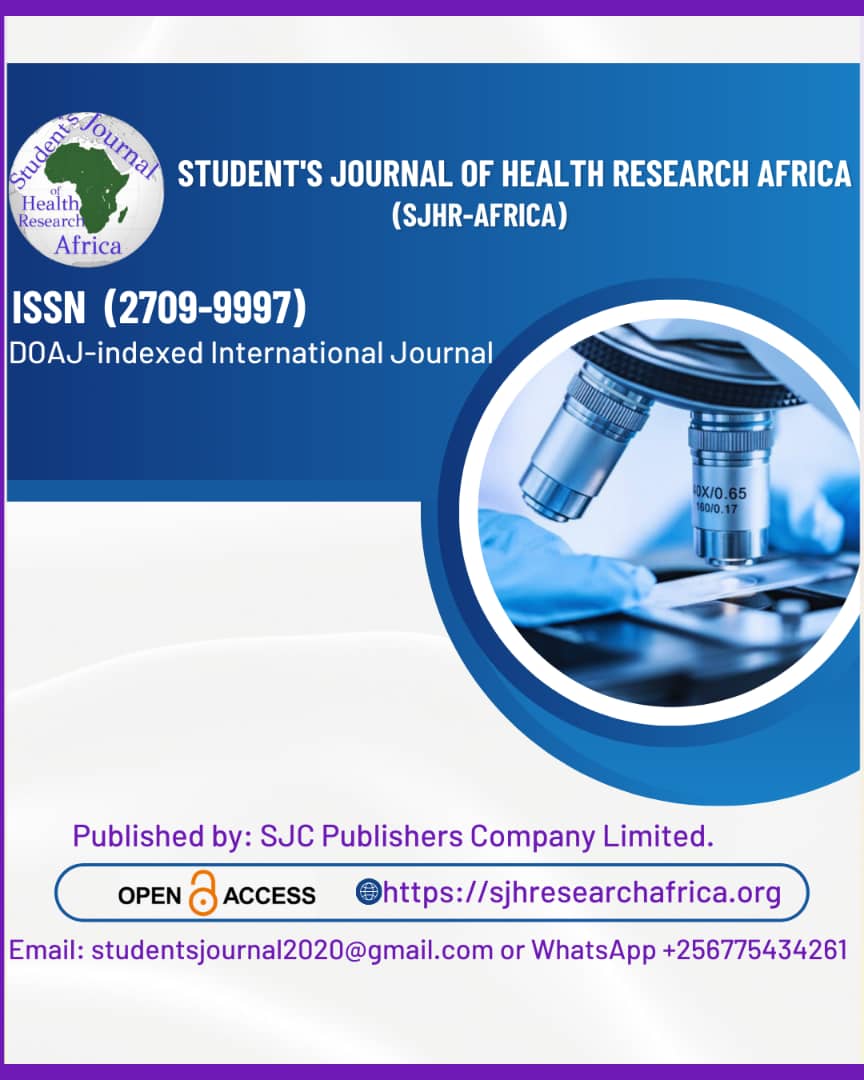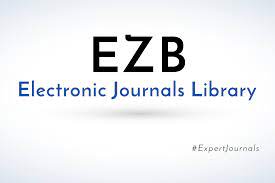MATERNAL ANEMIA IN PREGNANCY AND ITS ASSOCIATION WITH LOW BIRTH WEIGHT AND DEVELOPMENT DELAY IN INFANTS: A RETROSPECTIVE STUDY.
DOI:
https://doi.org/10.51168/sjhrafrica.v5i11.1762Keywords:
Maternal anemia, pregnancy outcomes, low birth weight, developmental delay, infant health, retrospective study, BiharAbstract
Background
Objective: To evaluate the association of maternal anemia in pregnancy with low birth weight and developmental delay in infants within the first year of life.
Methods
A retrospective observational study was performed at Darbhanga Medical College and Hospital and Government Medical College, Bettiah, involving 93 mother-infant pairs from September 2015 to August 2016. Maternal hemoglobin levels were obtained from prenatal records. Infants were assessed for birth weight, gestational age, and developmental milestones utilizing conventional clinical records and follow-up documentation. Anemia was defined according to WHO criteria, and infants were classified as having normal or delayed development at 12 months based on Denver Developmental Screening Test (DDST) evidence.
Results
Among 93 mothers, 68 (73.1%) exhibited anemia, comprising 42 instances of moderate anemia and 7 instances of severe anemia. Of children born to anemic women, 57.4% exhibited low birth weight (<2.5 kg), in contrast to 24% in the non-anemic cohort (p < 0.01). Additionally, developmental delay was observed in 21 infants (22.6%), with 85.7% of these infants born to women experiencing moderate to severe anemia. A statistically significant correlation was identified between reduced maternal hemoglobin levels and an elevated risk of both low birth weight and developmental delay.
Conclusion
Maternal anemia during pregnancy markedly elevates the risk of low birth weight and developmental delays in newborns, underscoring the imperative for early screening, nutritional supplementation, and maternal health education. Mitigating maternal anemia by standard prenatal care can enhance infant outcomes and promote long-term developmental potential.
References
World Health Organization. (2011). Haemoglobin concentrations for the diagnosis of anaemia and assessment of severity. Geneva: WHO.
Lone, F. W., Qureshi, R. N., & Emanuel, F. (2004). Maternal anemia and its impact on perinatal outcome. Tropical Medicine & International Health, 9(4), 486-490. https://doi.org/10.1111/j.1365-3156.2004.01222.x PMid:15078267
Kumar, K. J., Asha, N., Murthy, D. S., Sujatha, M. S., & Manjunath, V. G. (2018). Maternal anemia in various trimesters and its effect on newborn weight and maturity: An observational study. International Journal of Preventive Medicine, 9, 19.
Georgieff, M. K. (2008). The role of iron in neurodevelopment: fetal iron deficiency and the developing hippocampus. Biochemical Society Transactions, 36(Pt 6), 1267-1271. https://doi.org/10.1042/BST0361267 PMid:19021538 PMCid:PMC2711433
Lozoff, B., Beard, J., Connor, J., Felt, B., Georgieff, M., & Schallert, T. (2006). Long-lasting neural and behavioral effects of iron deficiency in infancy. Nutrition Reviews, 64(5 Pt 2), S34-S43. https://doi.org/10.1111/j.1753-4887.2006.tb00243.xPMid:16770951 PMCid:PMC1540447
Rao, R., & Georgieff, M. K. (2007). Iron in fetal and neonatal nutrition. Seminars in Fetal and Neonatal Medicine, 12(1), 54-63. https://doi.org/10.1016/j.siny.2006.10.007 PMid:17157088 PMCid:PMC2048487
Downloads
Published
How to Cite
Issue
Section
License
Copyright (c) 2025 Vijayant Kumar, Dr. Anupam Kumari, Anil Kumar, J.P.Narayan, Swet Niesha, Seema Prasad

This work is licensed under a Creative Commons Attribution-NonCommercial-NoDerivatives 4.0 International License.






















